The Service Desk is considered by many as an evolution of the Help Desk. In this sense, more and more companies are adopting this type of support to promote operational efficiency in IT and teams as a whole. Still, it is natural to face several doubts in this process.
To start, it’s essential to understand the concept itself. After all, what is a Service Desk, and how does it function within an organization? What are its benefits?
If you are looking for answers to these and other questions, you are in the right place. Enjoy the read!
What is a Service Desk?
The Service Desk is a technical support approach aimed at providing efficient assistance and solutions for technology issues within an organization. It acts as a centralized service and serves as the point of contact between users and the support team.
Its goal is to ensure the continuous operation of systems and the quick resolution of technical issues. This is why the service is often seen as an evolution of the Help Desk: more complex problems tend to be redirected to this area.
The scope of the Service Desk is broad, involving technical support for hardware, software, networks, applications, and other IT infrastructure-related demands. The team of professionals is responsible for activities such as:
- Attending to user requests;
- Logging and categorizing incidents;
- Providing guidance and solutions; and
- Tracking progress until the issue is fully resolved.
The Service Desk operates based on well-defined processes, usually supported by a platform or ticket management system. Open tickets are assigned to technicians, who follow predefined procedures to investigate, diagnose, and solve the issues.
What are the different types of Service Desk?
There are different approaches and models of Service Desk that companies can adopt. Each type has its advantages and can be applied according to the organizational structure, as detailed below.
Local Service Desk
The Local Service Desk is physically present at the company’s premises, offering direct support to internal users. This type of service is ideal for organizations with a single headquarters or nearby branches, facilitating communication and allowing for a quick response.
Centralized Service Desk
This type of support concentrates all operations in a single center, regardless of the physical location of the users. The model provides a standardized and efficient approach, serving requests from various branches or offices. It is especially useful for companies with a decentralized structure.
Virtual Service Desk
The Virtual Service Desk, in turn, consists of remote teams that provide support through online communication, such as phone, email, or chat. Technicians can be located in different regions or countries, offering flexibility and 24-hour availability.
Follow The Sun
The Follow The Sun model involves distributing support globally, taking advantage of different time zones. Teams are spread across different regions of the world, ensuring continuous 24-hour support. As one team finishes their shift, another takes over without interruptions.
What are the benefits for my company?
The Service Desk offers a series of advantages, providing significant improvements in several areas. Here are the most relevant.
IT efficiency and effectiveness
One of the main benefits is demand and incident management. The Service Desk tends to increase operational efficiency and ensure the consistent application of solutions throughout the organization.
Agility in problem resolution
With the Service Desk, problems are systematically recorded and tracked, resulting in quick responses, reduced downtime, and preventive solutions.
User satisfaction
Another key point is the satisfaction of all employees. The personalized Service Desk support builds trust, improving the perception of IT services.
Reduction of operational costs
The Service Desk helps optimize processes and avoids rework. Consequently, it can minimize financial losses caused by downtime.
Increased productivity of the IT team
With the Service Desk handling operational demands, the IT team can focus on strategic activities that add value to the business. The result is valuable space for innovation.
Improvement in processes and workflows
It is also worth mentioning the standardization, documentation, and continuous improvement of processes. This leads to more efficient workflows across all departments.
Now that you’ve seen how the service works and its benefits, let’s talk about the first steps to implement it in your company.
After all, how to implement a Service Desk in your company?
Implementing an efficient Service Desk in your company requires careful planning and the adoption of some important steps. Here are some key steps.
Planning and defining processes
Start by defining the processes and workflows that will be adopted by the Service Desk. Identify the company’s needs and establish guidelines for logging, classifying, and resolving incidents, as well as managing requests.
Choosing the right tool
Select a Service Desk solution that meets the company’s needs. Consider features like ticket management, performance monitoring, and reporting. Based on this, evaluate the available market options and choose the one that best fits the organization’s demands.
Training and preparing the IT team
Prepare the IT team for the Service Desk by providing appropriate training and capacity building. The goal is to ensure that technicians understand the processes, tools, and user service protocols.
Setting performance indicators
Establish performance indicators to measure the Service Desk’s effectiveness. Some examples are average response time, average resolution time, and user satisfaction. These indicators will help monitor the service’s performance and identify possible improvements.
Tracking and monitoring results
Keeping an eye on the Service Desk’s results is essential. Promote performance indicator analysis to identify improvement opportunities — and don’t stop there! Remember to make adjustments as needed to optimize service efficiency.
Does it seem complex? The good news is that you don’t need to invest heavily in forming an in-house team to drive this transformation. After all, you can count on good IT outsourcing and delegate this activity.
With a specialized company working by your side, you have qualified support to ease the workload of your internal IT team. This way, it’s possible to ensure the continuous availability of the service with greater peace of mind and reduced costs.
As you can see, the Service Desk has enormous potential to elevate your company to a higher level of operational efficiency. So, rely on the support of a specialist and bring these benefits into your daily operations!
Did you like the post? Then take the opportunity to check out our article on how the SOC service keeps your company protected 24/7!








